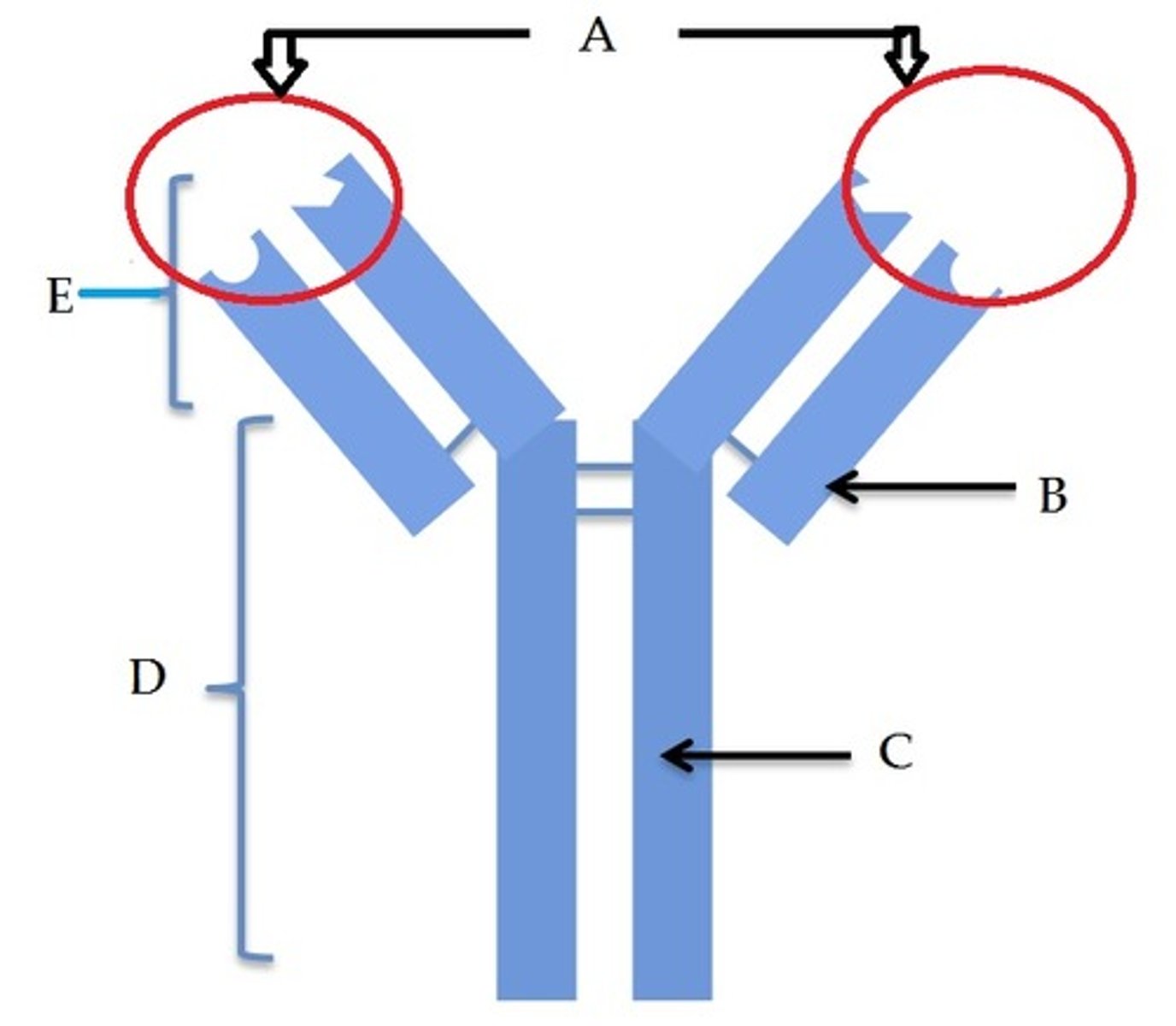4.1 Communicable diseases, disease prevention and the immune system
1/105
There's no tags or description
Looks like no tags are added yet.
Name | Mastery | Learn | Test | Matching | Spaced |
|---|
No study sessions yet.
106 Terms
What are T lymphocytes?
A type of white blood cell (lymphocytes) that recognise non-self antigens on the infected cell's membrane, and destroy them by inducing apoptosis
Where do T lymphocytes mature?
Thymus gland
Types of T-lymphocytes:
- T helper cells
- T killer cells
- T memory cells
- T regulator cells
What type of response do T-lymphocytes induce?
Cell Mediated response
Cell Mediated Response
T helper cells have specific complementary receptors that bind to the antigens on APCs via clonal selection
They then undergo clonal expansion via mitosis
They form clones of identical activated T-helper cells that all carry the correct antigen to bind to a particular pathogen.
Cloned T cells may also produce T-killer cells, T-memory cells, and T-regulatory cells
T killer cells
They are specific for the presented antigen and destroy the pathogen carrying the antigens and infected cells
T memory cells
They are part of the immunological memory
They live for ages and give a rapid response if the pathogen invades the body again
What happens if a T memory cell meets an antigen a second time?
If a T memory cell meets an antigen for a second time, they divide rapidly to form a huge number of clones of T killer cells, that destroy the pathogen.
What do T regulator cells do?
They suppress the immune system, acting to control and regulate it
Why is the T regulator cell important?
They stop the immune response once a pathogen has been eliminated, and ensure the body recognises self antigens and does not set up an autoimmune response.
What is humoral immunity?
This is when antibodies attack antigens that are free in the plasma.
What does the humoral immune system produce?
Antibodies that are soluble in the blood and tissue fluid and are not attached to cells
What type of lymphocyte are in the humoral immune system?
B lymphocytes
B lymphocytes have what?
antibodies on their cell surface membrane (IgM)
Humoral Immunity Process
When a pathogen enters the body, it will have specific antigens.
A B cell with complementary antibodies will bind to the antigens on the pathogen.
This B cell then engulfs the pathogen and processes the antigens to become an APC
Activated T helper cells bind to the B cell APC. This is known as clonal selection.
Interleukins produced by the activated T helper cells activate the B cells
The activated B cell undergoes clonal expansion via mitosis to give plasma cell clones and B memory cell clones.
Plasma cell clones produce antibodies that are complementary to the antigens, bind to them, and disable them.
Or they act as opsonins or agglutinins.
What are opsonins?
Opsonins are molecules that bind to antigens on the surface of pathogens, making them easier for phagocytes to recognize and engulf, thereby increasing the rate of phagocytosis
What are agglutinins?
Antibodies that cause the red blood cells to clump together.
Why do we get ill?
The primary immune response take a while to become fully effective against a particular pathogen.
This is why we get ill, as the symptoms are the result of the way our body reacts when the pathogens are dividing before the primary immune system can fight back
Cloned B cells develop into B memory cells. What happens if the body is infected by the same pathogen again?
The B memory cells divide rapidly to form plasma cell clones.
What do the plasma cell clones do?
They produce the correct antibody, and wipe out the pathogen very quicky, before it can cause the symptoms of disease.
What is clonal selection?
The process of matching the antigens on APCs with complementary receptors on B and T lymphocytes.
What is clonal expansion?
The process where an activated B or T lymphocyte divides by mitosis to produce many clones.
Activated B cells divide into plasma cells and B memory cells.
Activated T helper cells divide into more T helper cells, and T killer cells, T memory cells, T regulatory cells.
What is an immune response?
Response to an antigen and involves lymphocytes
What is cell mediated immunity?
An immune response that involves T Cells
Where do T cells mature?
Thymus gland
What is humoral immunity?
An immune response involving B cells
Where do B cells mature?
Bone marrow
Specific Immune Response Process
In the non-specific defence system, macrophages engulf and digest pathogens in phagocytosis.
They then process the antigens from the surface of the pathogen to form antigen presenting cells (APCs)
The T helper cells have specific and complementary receptor to the antigens on the APC.
This is clonal selection.
These T helper cells will undergo clonal expansion by mitosis to produce:
More T helper cells
T Killer cells
T memory cells
T regulatory cells
T helper cells also release interleukins and cytokines
Interleukins and cytokines trigger B cells to undergo clonal expansion by mitosis
When the B cells undergo clonal expansion, they will produce:
B memory cells
Plasma cells
What do T memory cells do?
T memory cells give a rapid response if this pathogen invades again
What do T killer cells do?
T killer cells that are specific for the presented antigen will then then destroy infected cells
How do non-specific defences work?
The body has a number of barriers to prevent the entry of pathogens.
Name the primary non-specific defences against pathogens in animals
Skin
Blood clotting
Wound repair
Inflammation
Expulsive reflexes
Mucous membranes
Skin
The outer layer of cells is the epidermis. It acts as a barrier.
Sebum is an oily substance that prevents the growth of pathogens
Evaporation of sweat from the skin leaves behind a salt residue
Skin flora (healthy microorganisms) try to outcompete any pathogens
Blood Clotting & Wound Repair
1. Tissue becomes damaged
2. Platelets are released
3. These platelets release substances via a cascade of events, resulting in the formation of fibrin
4. Fibrin forms a mesh of fibres in which platelets and blood cells get trapped.
5. This dries to form a scab, which prevents bleeding
Inflammation
A condition in which the body reacts to injury, irritation, or infection.
Is inflammation a local response?
Yes
In inflammation, what happens when a tissue is damaged?
Mast cells detect an infection, and they release histamines and cytokines
What do cytokines do?
They attract more phagocytes to the infected area so they can dispose of the pathogens by phagocytosis
What does histamine do?
Arterioles dilate, so there is increased blood flow to the area
This causes localised heat and redness
The increase in temperature helps prevent the pathogens from reproducing
What does histamine do to capillaries?
The capillaries become more leaky, allowing for more tissue fluid to form.
This brings more white blood cells to the area, an also causes more fluid to enter into the lymphatic system.
The Lymphatic System
- Excess tissue fluid is drained into the lymphatic system
- Pathogens will enter the lymph and be transported to the lymph nodes
- Lymph nodes swell to produce phagocytes and lymphocytes
Mucous Membranes
Airways and the digestive system are exposed and lined with mucous secreting cells (goblet cells).
How do mucous membranes prevent pathogens from entering?
Mucus in the airways (trachea, bronchi and bronchioles) trap the particles (virus, bacteria, pollen etc) that we breathed in
The particles are then moved towards the back of the throat by cilia
Cilia are small hair-like structures on the surface of cells that beat and move in a coordinated manner to shift material along the epithelial cell
Expulsive Reflex
Cough or sneeze
How do expulsive reflexes prevent pathogens from entering?
- When a pathogen irritates the lining of an airway it can trigger an expulsive reflex
- This expelled air contains secretions from the respiratory tract along with the foreign particles that have entered
Other Primary Defences
- Stomach acid
- Antibodies in tears
- Wax in ears and nose
- Acidic conditions in uterus
Lysozymes
Antimicrobial enzymes that breakdown the cell wall of bacteria.
Where are lysozymes found?
Tears
Medicines
Drugs that are used to treat or prevent diseases or other conditions
Penicillin
From a mould
Antibiotic

Docetaxel
From yew trees
Cancer treatment

Aspirin
From willow bark
Painkiller
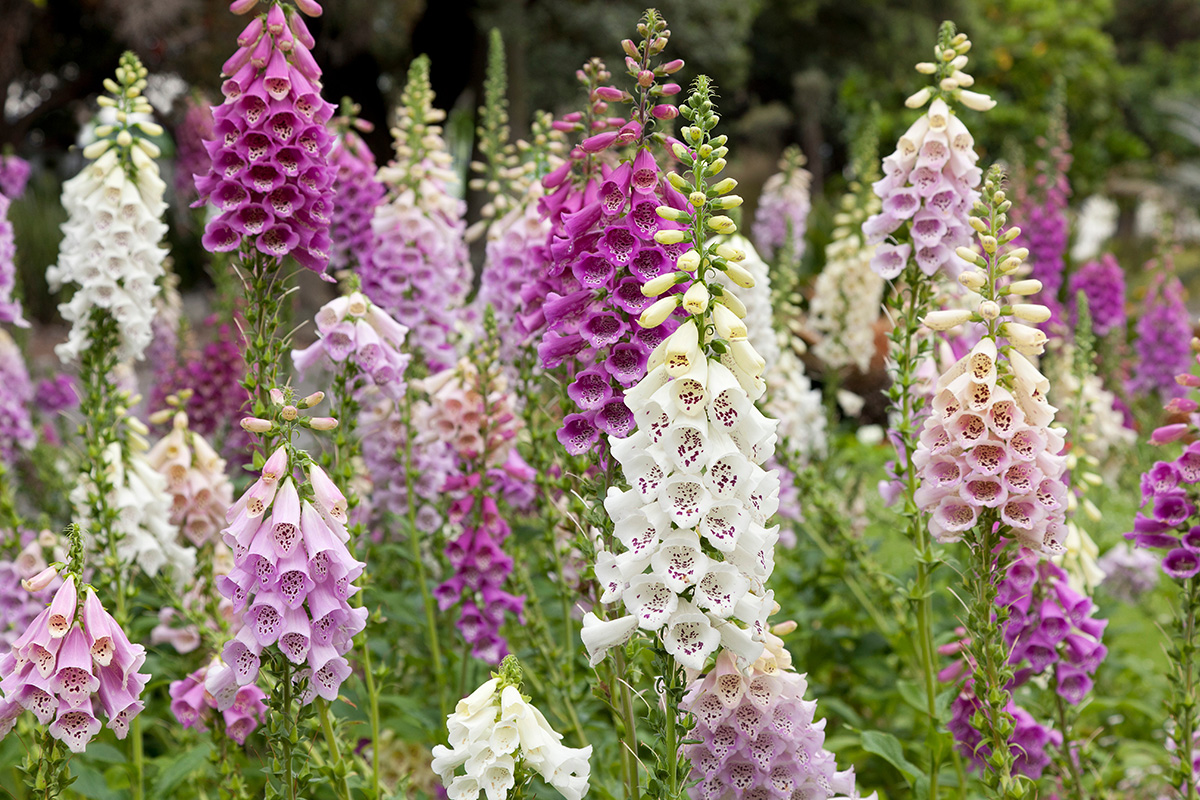
Digoxin
From foxgloves
Powerful heart drug used to treat atrial fibrillation and heart failure
Why is biodiversity loss bad for medicines?
Biodiversity contains animals, plants, and microorganisms which could have medicinal properties important for a live saving drug
Why do scientists design drugs using computer programmes?
Models of potential drug molecules can be built up
These models are targeted at particular areas of the pathogen.
Computers can also search through chemicals to isolate any with a useful action against a specific group or feature of a pathogen (or against the mutated cells in a cancer)
What is pharmacogenetics?
The use of genome information in the choice of drugs
What is synthetic biology?
The use of techniques like genetic engineering to medicinal benefit. Bacteria can be genetically modified to produce drugs such as insulin.
What is nanotechnology?
A strand of synthetic biology where tiny synthetic particles are used for biological purposes. Like delivering drugs to very specific sites within the cells of pathogens or tumours.
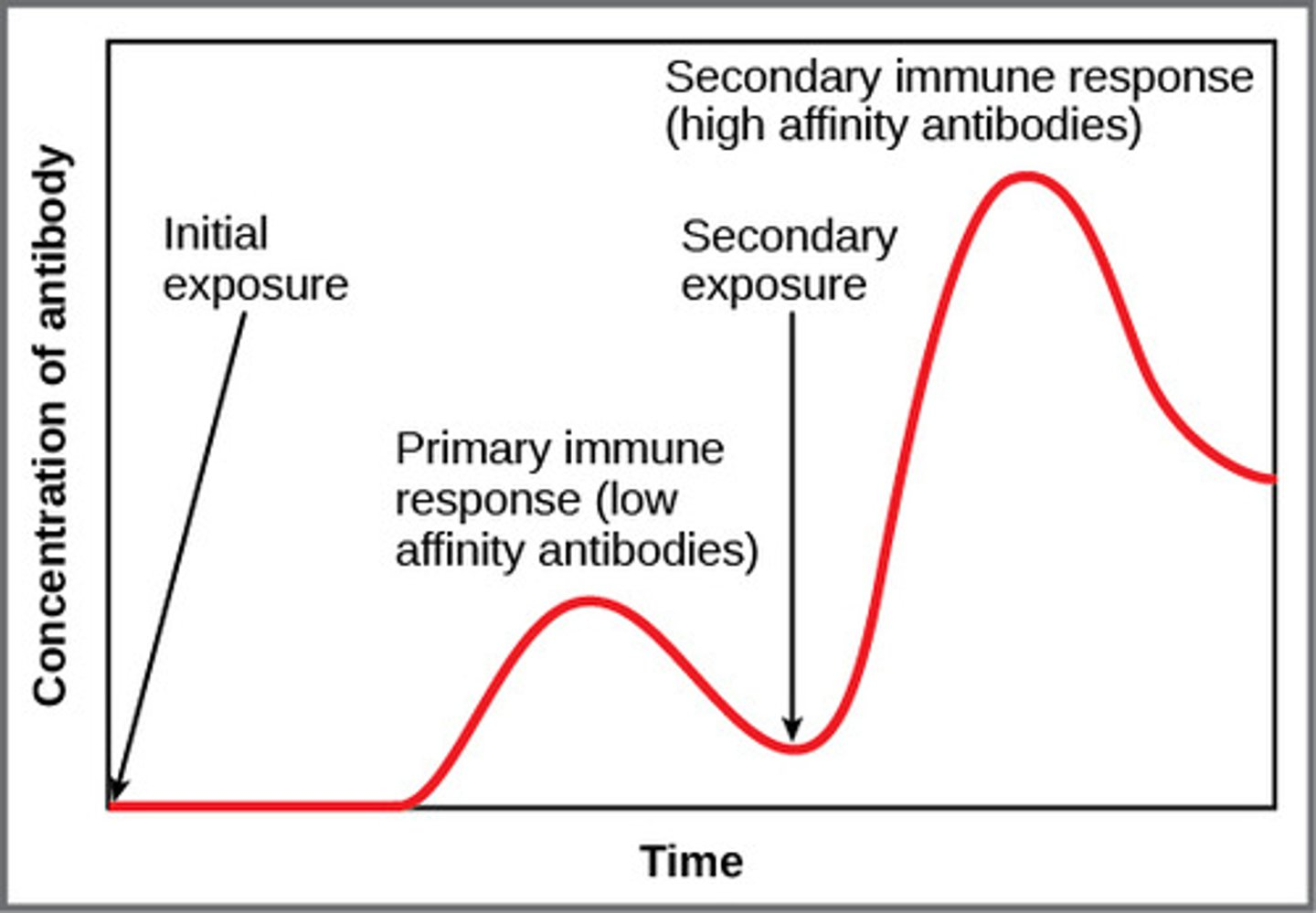
Primary & secondary immune response
Initial exposure
Primary immune response produces a small concentration of antibodies
Secondary exposure
Secondary immune response produces a high concentration of antibodies
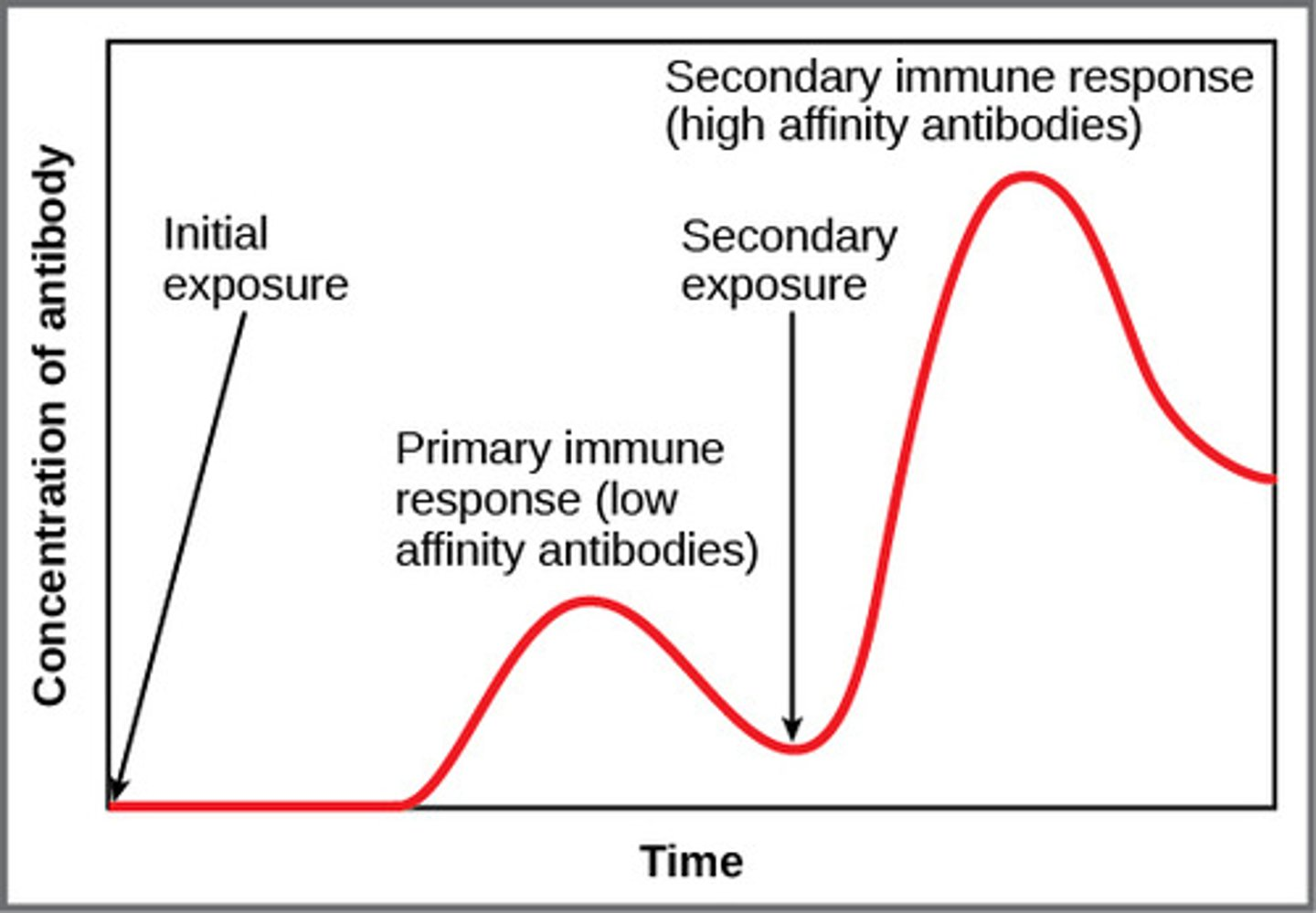
What are the 2 reasons why there is a time delay between initial exposure and the primary immune response?
The clonal selection and expansion of specific T cells and B cells
The synthesis of antibodies
What do B cells do in the primary immune response?
Some B cells differentiate during clonal expansion to become plasma cells and memory cells
What is the secondary immune response?
The response to the secondary exposure to the pathogen or antigen or disease
Explain the graph
During the primary response, there are no memory cells.
After the immune response, there are now T and B memory cells that have been produced during cell mediated and humoral response
If the same foreign antigen re-enters, B memory cells recognise the antigen.
B memory cells divide quickly and differentiate into plasma cells to produce antibodies and more memory cells.
Is the secondary immune response quick?
Yes
Why is the secondary immune response quicker?
Because memory B-cells and Memory T-cells can recognise the antigen and produce the correct antibodies quicker.
Mention these key terms in an answer:
Clonal selection
Clonal expansion
Plasma cells & antibody concentration
How do T memory cells play a part in the secondary immune response?
T-lymphocytes differentiate into memory cells, producing:
Memory T helper cells
Memory T killer cells
What will T memory cells do?
Like B memory cells, they remain in the body for a long time and provide long term immunity
What are phagocytes?
Specialised white blood cells that engulf and destroy pathogens
What are the 2 types of phagocytes?
Neutrophils and macrophages
Difference between neutrophils and macrophages
Neutrophils have multi-lobed nuclei, which makes it easier for them to squeeze through small gaps to get to the site of infections. It also has granular cytoplasm, containing many lysosomes that contain enzymes used to attack pathogens.
Macrophages have simpler round nuclei
Phagocytosis Process
Pathogens produce chemicals that attract phagocytes
Pathogen is engulfed and phagosome is formed
Lysosome fuse with the phagosome to form a phagolysosome
Hydrolytic enzymes in the phagolysosome break down (hydrolyse) the pathogen
Harmless products like the amino acids are absorbed into the cytoplasm
The digested pathogen combines with MHC in the cytoplasm. The MHC-antigen complex is displayed on phagocyte membrane, making an antigen presenting cell (APC)
What are cytokines?
Released from T helper cells to trigger clonal expansion of B cells
What are opsonins?
Molecules that bind to antigens on the surface of pathogens, making them easier for phagocytes to recognize and engulf, thereby increasing the rate of phagocytosis
Neutrophil Structure
Multi-lobed nuclei, which makes it easier for them to squeeze through small gaps to get to the site of infections.
Granular cytoplasm, containing many lysosomes that contain enzymes used to attack pathogens.

Lymphocyte Structure
Spherical nucleus
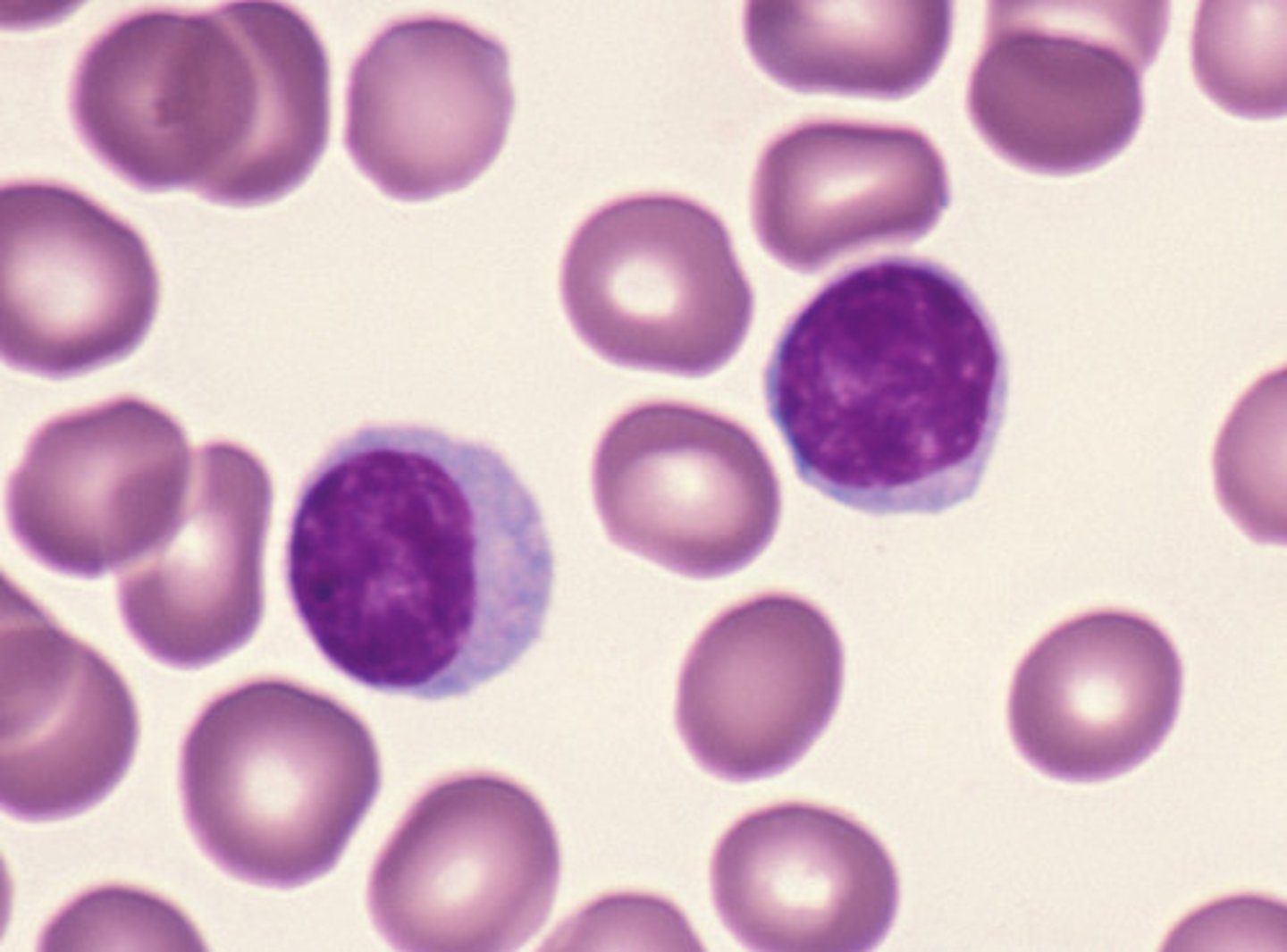
Monocyte Structure
Unilobular nuclei (kidney shaped - different to neutrophil)

Erythrocyte Structure (red blood cell)
Biconcave disc

Autoimmune Disease Definition
An abnormal immune response where the body's immune system mistakenly attacks its own cells and tissues, causing inflammation and damage.
When do autoimmune diseases appear to happen?
They are unable to recognise self antigens and instead treats them as non-self/foreign
What is a treatment for autoimmune diseases?
Immunosuppressant drugs
Antinflammatories
What do immunosuppressant drugs do?
They prevent the immune system from working
Why are immunosuppressants not that good?
They deprive the body of its natural defences against communicable diseases
What body part does Rheumatoid arthritis affect?
Joints

What's the treatment of Rheumatoid arthritis?
- No cure
- Anti-inflammatory drugs
- Steroids
Black Sigatoka
Fungi
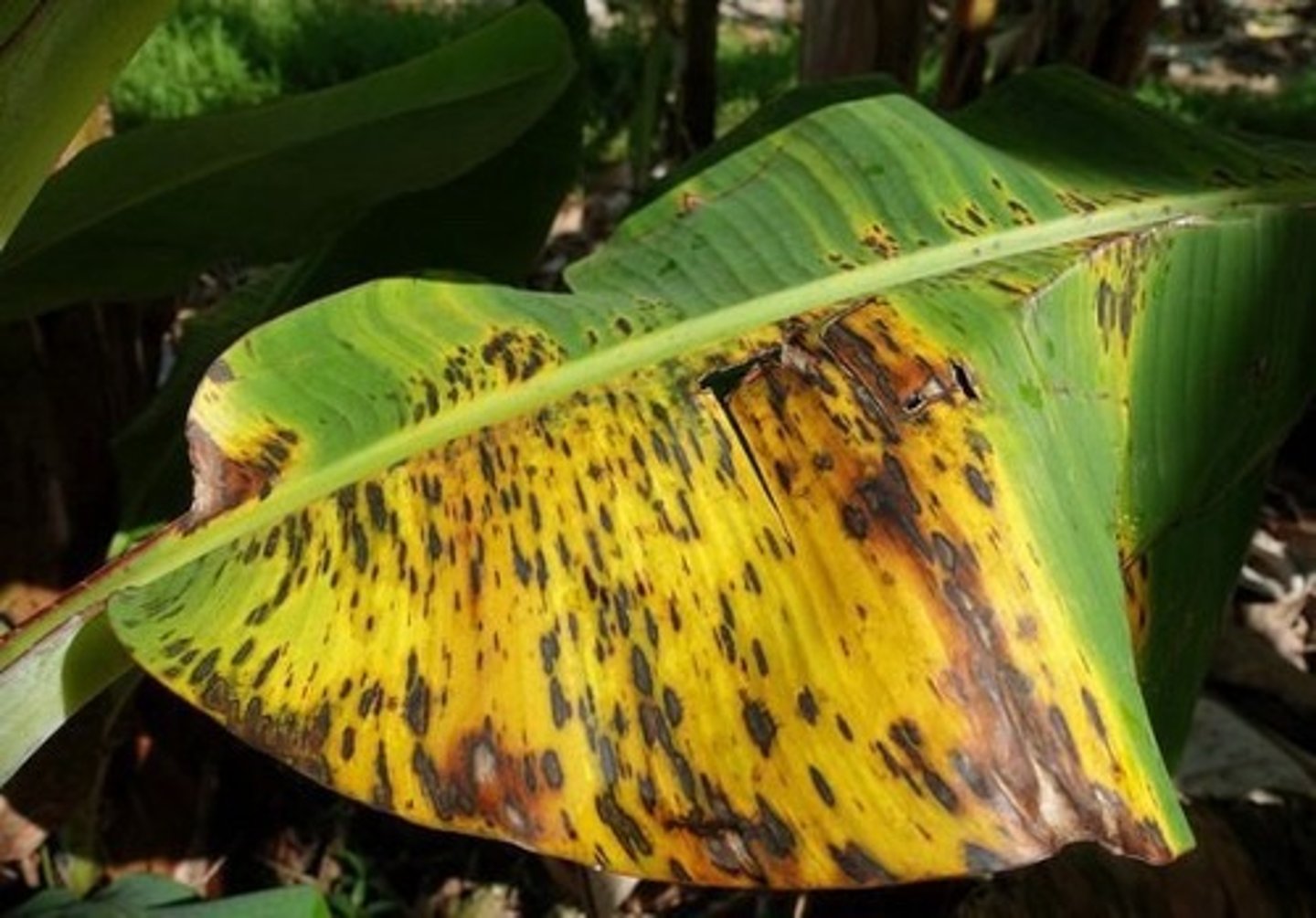
AIDS
Virus
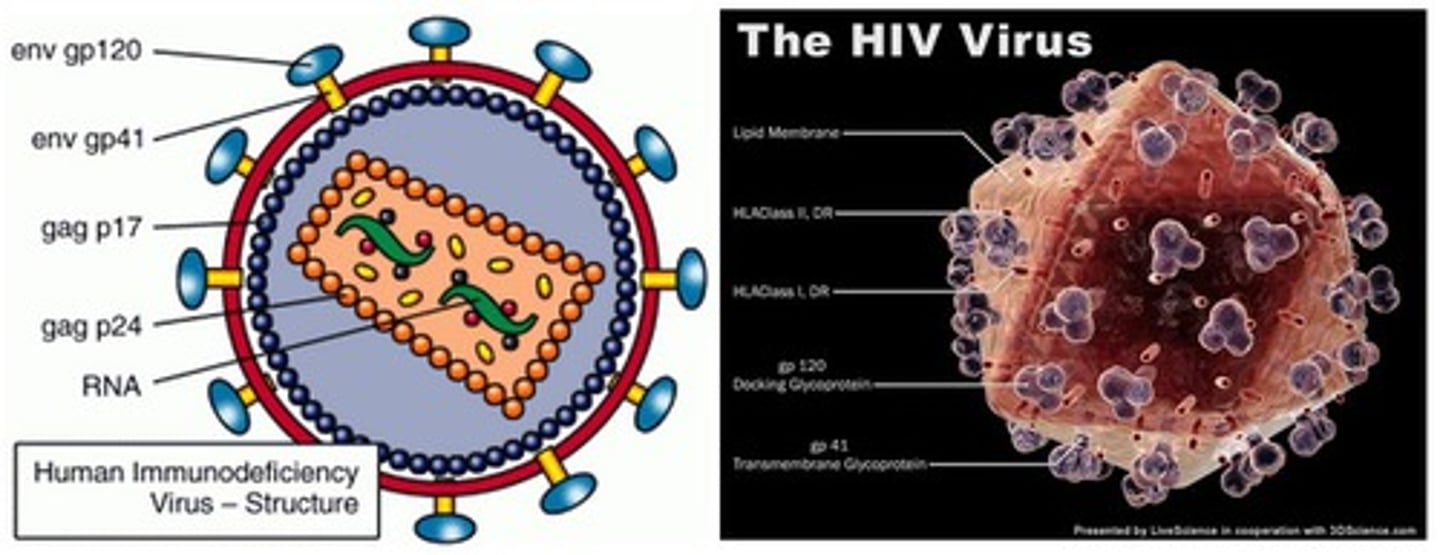
Influenza
Virus
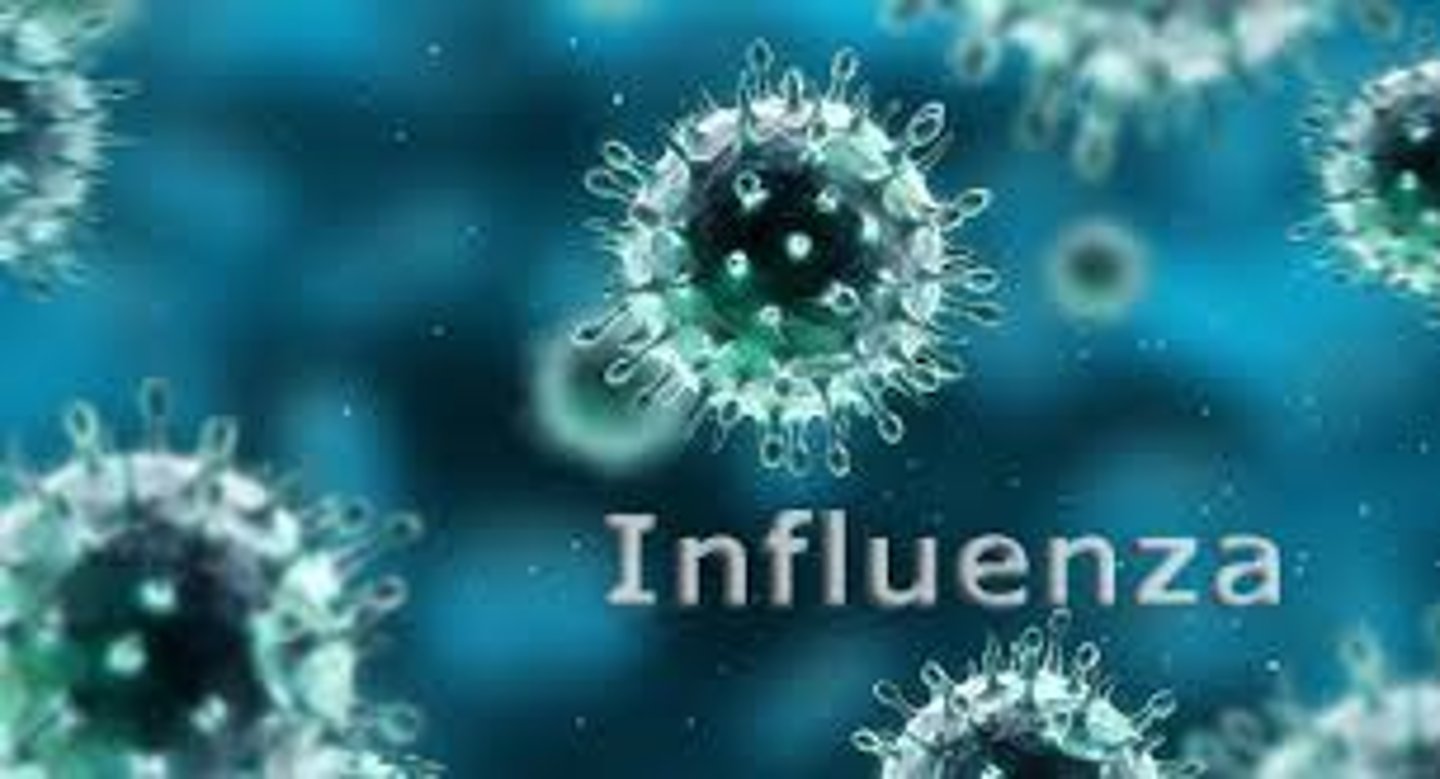
Malaria
Protoctista
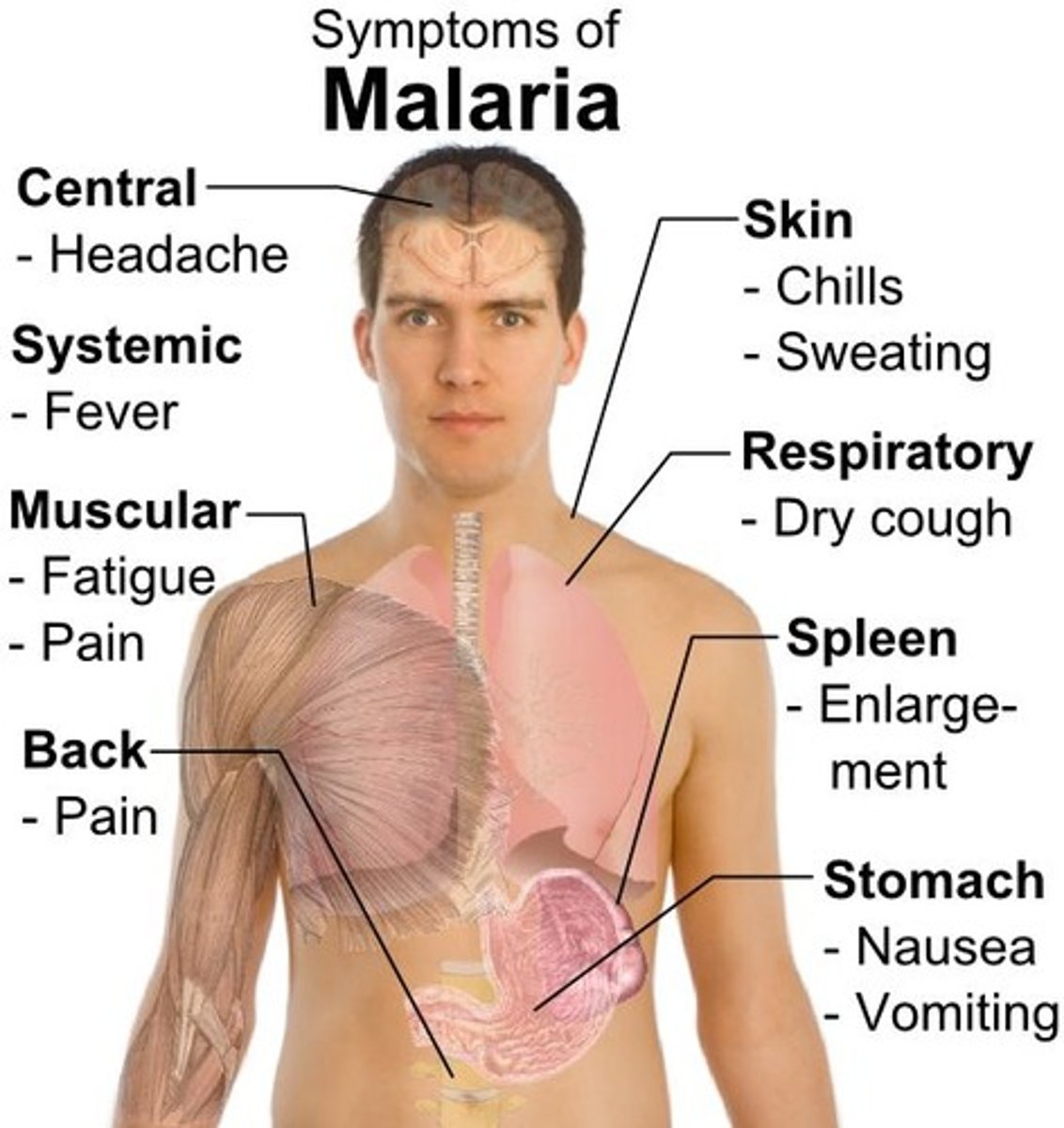
Tuberculosis
Bacteria
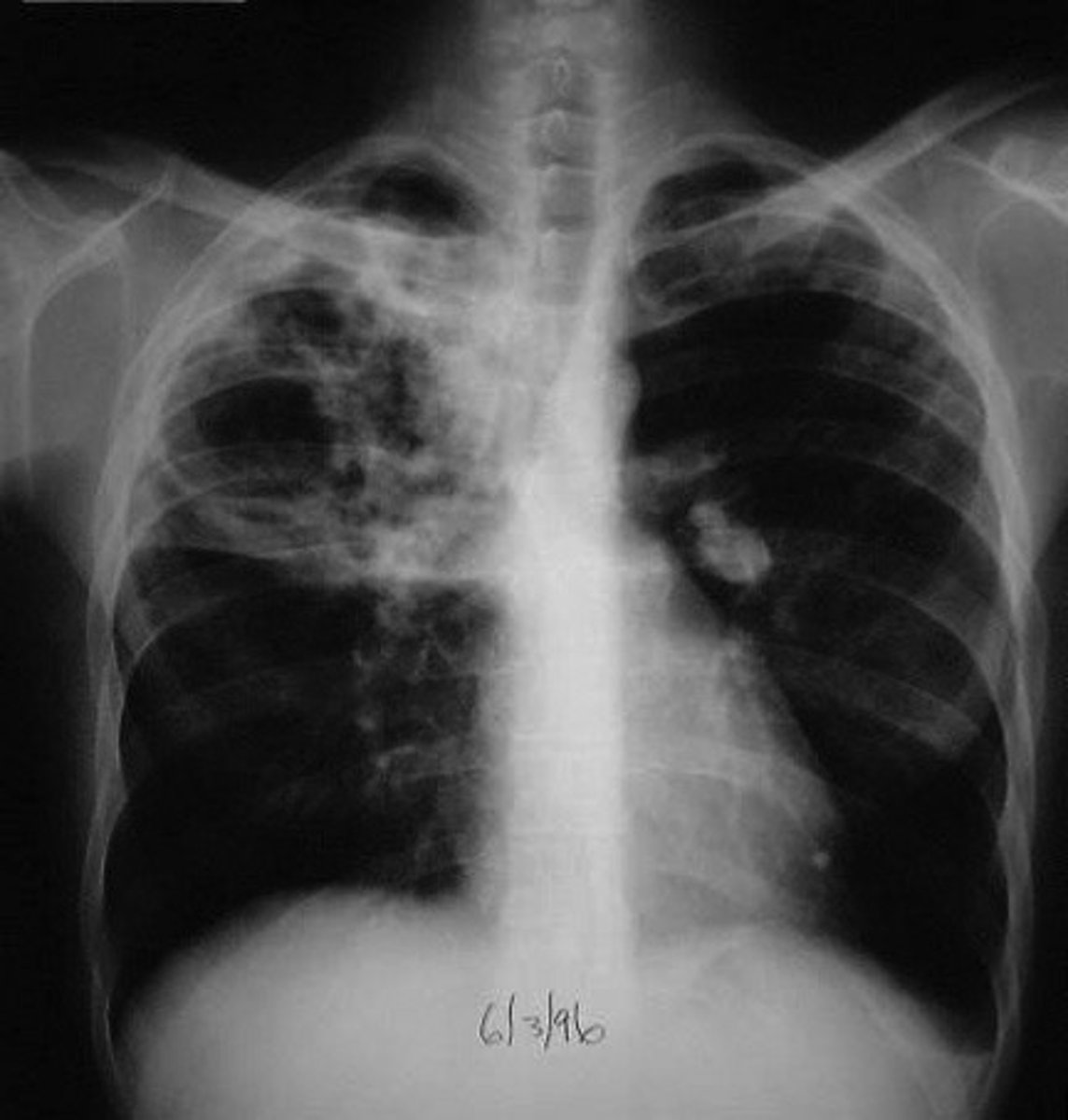
Potato/tomato late blight
Protoctista
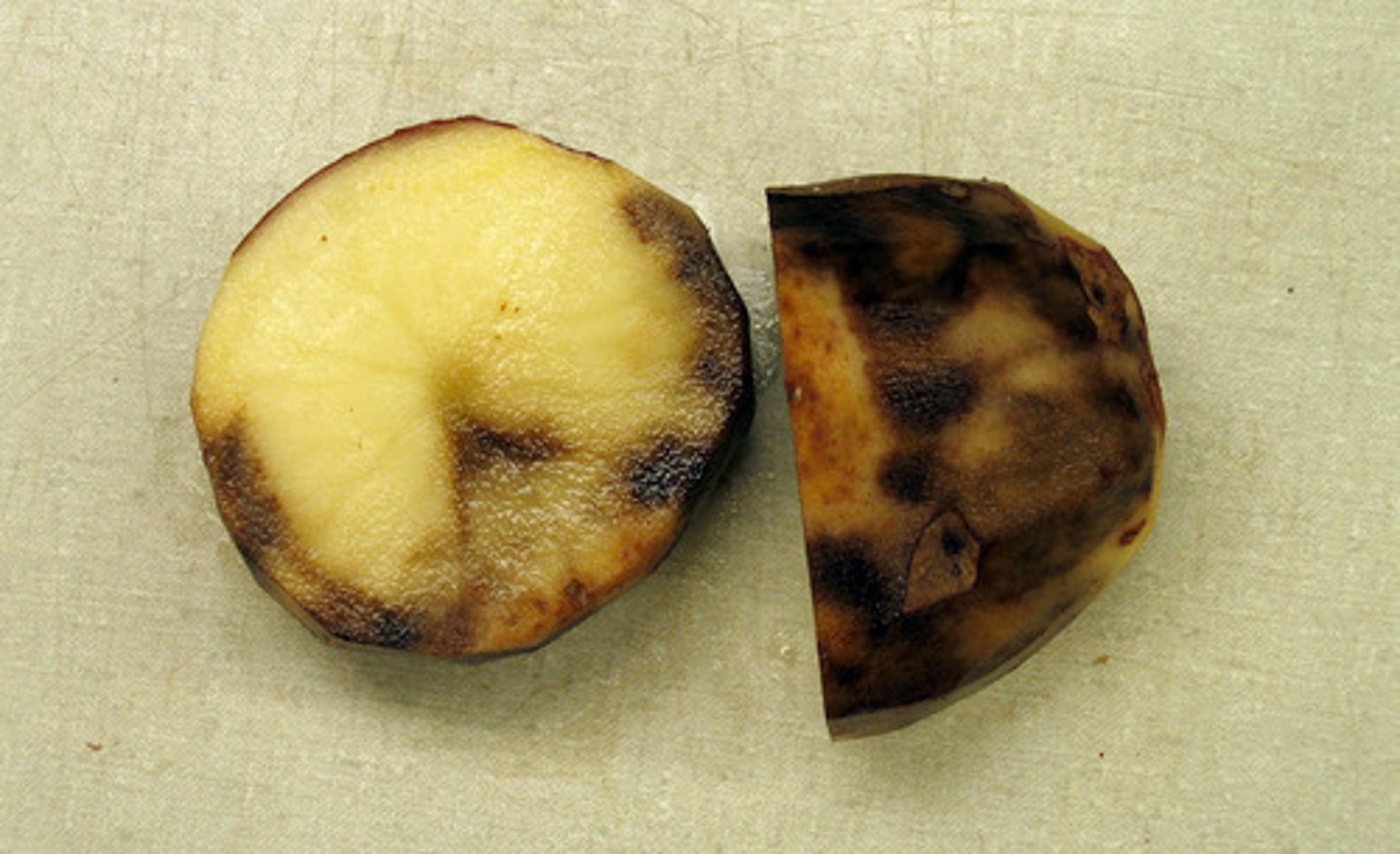
Ring rot
Bacteria

Athlete's foot
Fungi

What are antibodies?
Y-shaped glycoproteins called immunoglobulins which bind to a specific antigen on the pathogen/toxin that has triggered the immune response.

Describe the structure of an Antibody
Protein
Made of 4 polypeptide chains (2 light polypeptide chains, 2 heavy polypeptide chains)
More than 1 variable regions complementary and specific to an antigen
Hinge region allowing it to bind to more than one antigen (or pathogen)
Constant region allows it to find phagocytes, aiding phagocytosis
What is an antigen?
A toxin or foreign substance that induces an immune response in the body, especially the production of antibodies.

Antibody Structure
Antibody Chains
Antibodies are made up of 2 identical long polypeptide chains called the heavy chains, and 2 shorter identical chains called the light chains.
How are the chains held together in the antibodies?
Disulphide bridges hold and join the polypeptides, holding them in shape.

Binding Sites
Antibodies bind to antigens in a lock and key mechanism
It is a different shape on each antibody and gives the antibody its specificity
